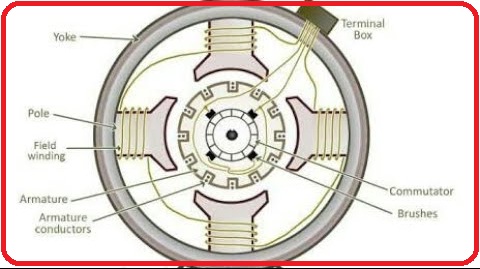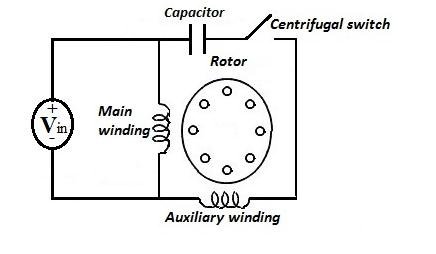
Decoding the Inner Workings of Single Phase Induction Motors: A Technical Insight
Single phase induction motors are a fundamental component of various electrical appliances and industrial machinery. However, their inner workings remain a mystery to many. In this article, we will delve into the intricacies of single phase induction motors, shedding light on how they operate and exploring their mechanics.
Understanding the Basics: How Single Phase Induction Motors Operate
Single phase induction motors are widely used due to their simplicity and cost-effectiveness. Unlike three-phase motors, they do not require a complex power supply and can run on a standard single-phase AC power source. But how do they operate?
At the core of a single phase induction motor lies a stator, which consists of a set of windings arranged in a specific pattern. When an alternating current is supplied to these windings, a rotating magnetic field is generated. This rotating magnetic field interacts with the rotor, which is made up of conductive bars or coils, inducing an electromagnetic field.
The interaction between the rotating magnetic field and the rotor’s electromagnetic field causes the rotor to rotate. This rotation is due to the principle of electromagnetic induction, where the changing magnetic field induces a current in the rotor. This current creates a magnetic field that tries to align with the rotating magnetic field of the stator, resulting in the rotation of the rotor.
_1662558723.png)
Unveiling the Mechanics: Exploring the Inner Workings of Single Phase Induction Motors
To further understand the inner workings of single phase induction motors, let’s take a closer look at their starting mechanism and the role of capacitors. Single phase induction motors require additional components for starting, as they lack the self-starting ability of three-phase motors.
During the starting process, a start winding and a start capacitor are introduced to the motor. The start winding creates an auxiliary magnetic field that interacts with the rotating magnetic field of the stator, providing the initial torque required for the motor to start. Simultaneously, the start capacitor creates a phase shift between the current and voltage in the start winding, enhancing the motor’s starting torque.
Once the motor reaches approximately 75% of its rated speed, a centrifugal switch disconnects the start winding and the start capacitor from the circuit. This allows the motor to continue running on the main winding alone. The main winding, which is responsible for the motor’s continuous operation, does not require a capacitor and operates using the principle of induction we discussed earlier.
Decoding the inner workings of single phase induction motors has provided us with a deeper insight into their operation and mechanics. From understanding the generation of a rotating magnetic field to the role of start windings and capacitors, we can appreciate the simplicity and efficiency of these motors.
As single phase induction motors continue to play a vital role in various applications, further research and advancements in their design and efficiency are constantly underway. By unraveling the mysteries behind their inner workings, engineers can optimize these motors for better performance and energy efficiency, ensuring their continued success in the ever-evolving world of electrical engineering.


